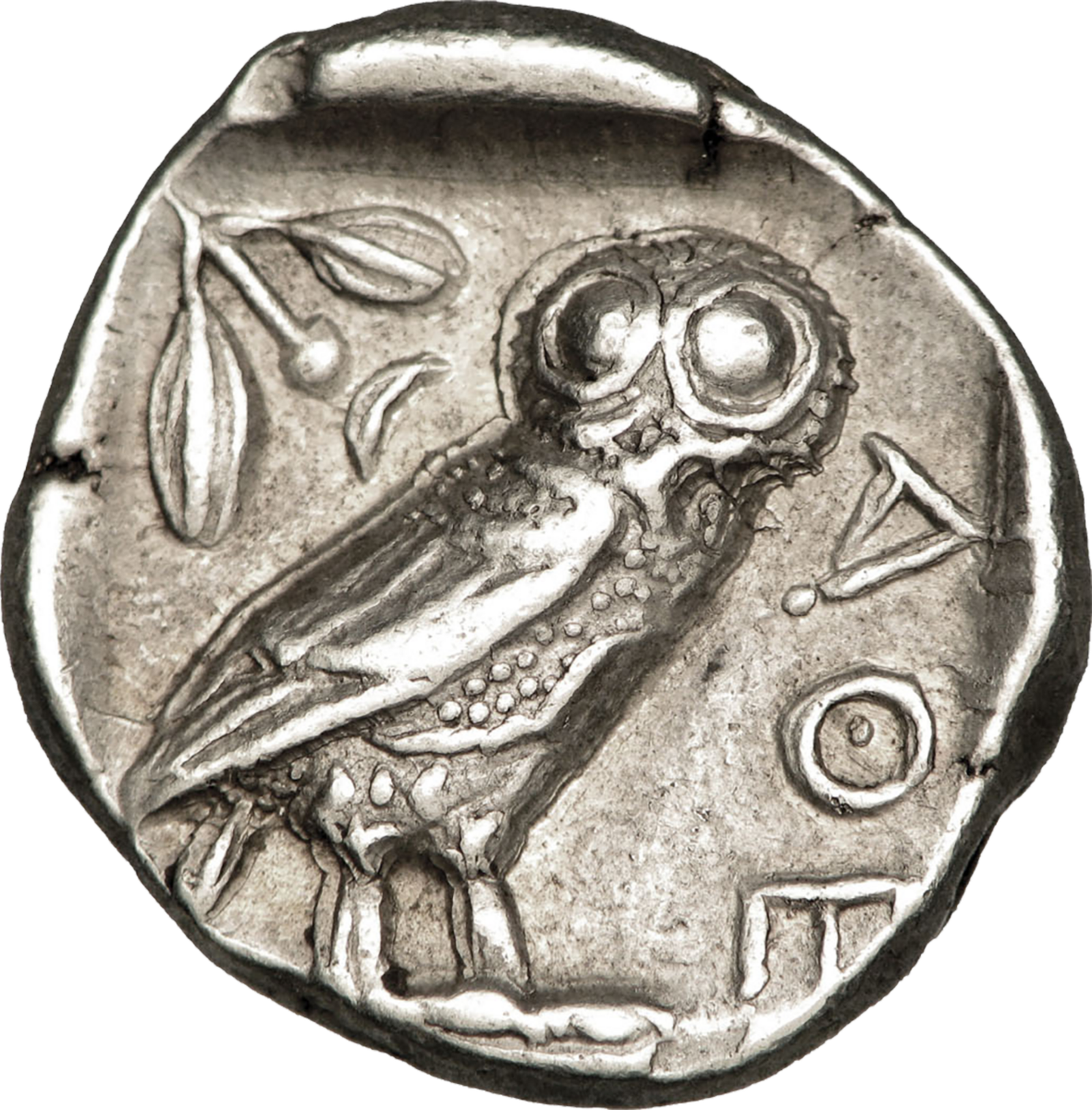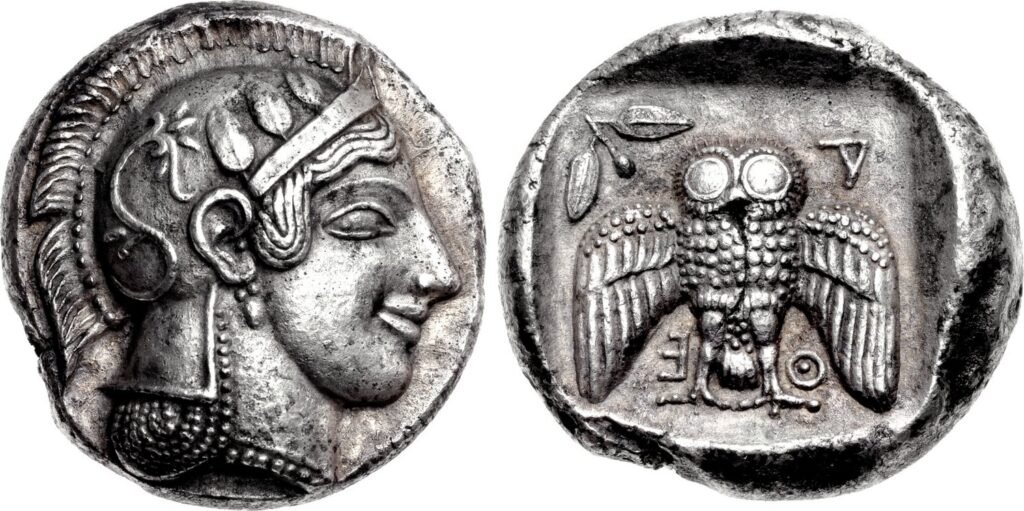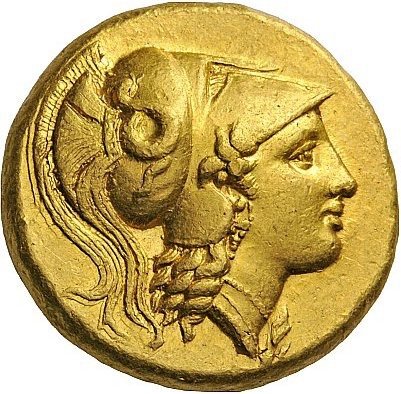Greek Coins of Athens

Greek Coins of Athens: The Owl That Defined Ancient Currency Introduction – The Coin That Blinked at the World In every great collection, there’s one…

Greek Coins of Athens: The Owl That Defined Ancient Currency Introduction – The Coin That Blinked at the World In every great collection, there’s one…

Greek Coins Value: A Collector’s Guide Through Art, History, and Treasure Why Ancient Greek Coins Still Capture Hearts The first time I held an Athenian…

The Mysterious Didrachm of Tenedos: A Coin with Two Faces and a Tragic Hero If you’ve ever held an ancient Greek coin in your hand,…

Athenian Coins: The Original Owl That Funded an Empire There’s something quietly thrilling about holding an Athenian coins tetradrachm. It’s not just a piece of…

How to Learn Ancient Greek Coins A Collector’s Guide to Reading History in Silver and Bronze Why These Coins Still Speak Today If you’ve ever…

Greek Coins: A Collector’s Guide to the Ancient World’s Most Beautiful Currency There’s something magical about ancient Greek coins. Maybe it’s the artistry. Maybe it’s…